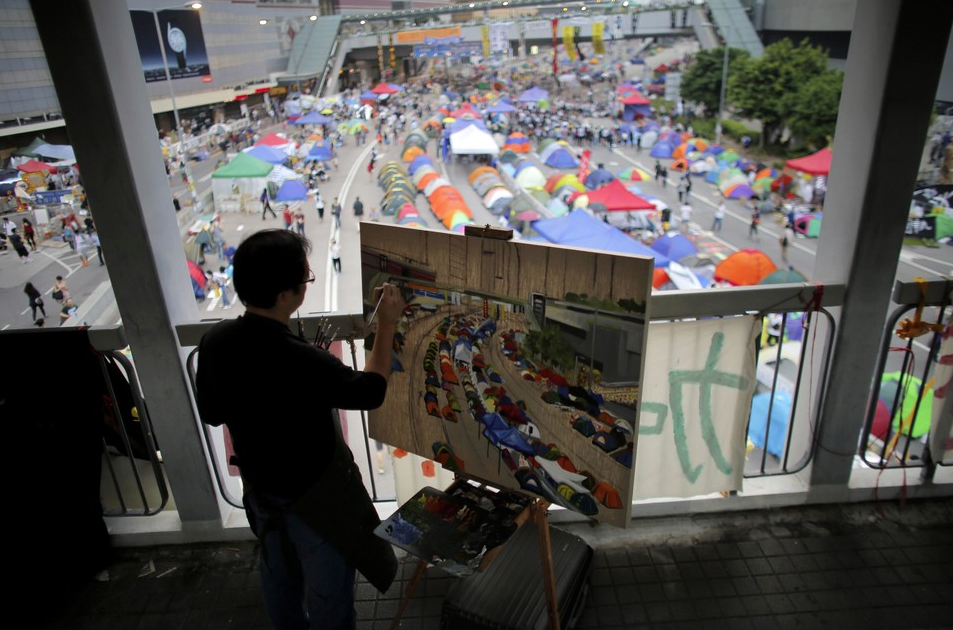By some persistent, traditional accounts photographic representation is driven by a technological determinism that derives its power from the mechanical capture and reproduction of an event. Accordingly, the fundamental measure of a photograph is its indexicality, i.e., the photograph establishes that the thing was there to be photographed. This position has been critiqued by those who underscore the difference between analogue and digital photographs as if the question of indexicality could be reduced to measurement of a positive reality. But of course there are two problems with this that underline what seems to be a naïve and simplistic sense of “the real.” First, of course, we can never fully test the accuracy of the positive existence of the indexical reality presumably represented because every photograph is always a representation of a transient moment in the past. The best we can measure it against is human memory which, as we know, is fallible in multiple registers. Second, even the best analogue photograph offers a two dimensional representation of the scene recast which inevitably flattens the thing represented (and even stereographic representations, analogue’s predecessor to 3D digital technologies, was an illusion of two dimensional representation). If the “real” is to mean something useful in the discourse of photography it is going to have to avoid such naiveté and offer a more complex sense of photographic realism.
I cannot offer such a theory here today, though we begin to develop such an approach in forthcoming work, but the photograph above does offer something of a gesture to what such a theory might include. Here we have a photograph of a man painting a scene which is included in the photograph. The painting has an impressionistic quality to it underscoring the role of the imagination in recasting the scene before him. But the photograph is not simply about the painting of the scene or the man doing the painting, but rather calls our attention to how his creativity is important to making sense out of the photographic event itself. In an important sense the photograph is divided between foreground and background, of the man and his painting and of the scene that his being painted. The lens is wide open and so the depth of field is wide, teasing the eye to move back and forth between the shaded areas in the foreground and the natural light that illuminates the background. And in the end it is almost impossible to settle one’s vision on one vs. the other for very long. In short the photograph implores us to reflect on the relationship between the role of realism and imagination in making sense out of what we are seeing.
We might thus call this photograph a representative anecdote for the “photograph matrix” that always and already consists of both a referential (or indexical) orientation and an imaginative orientation. Any photograph is both more or less a record of what has happened, and more or less an artistically enhanced experience, both more or less empirical, and more or less interpretive, both more or less accurate, and more or less suggestive. The point here is that photographs –whether analogue or digital—operate in the interspace between reality and imagination. The camera records the surface of the world like no other instrument, but the truth of what is shown can be realized only through an act of imagination. Stated otherwise, the photograph is inherently not reducible to a simplistic realism, but is instead a heterogeneous object where different sources of meaning intersect, and the intersections are lodged in the formal design and explored through interpretation. How those intersections occur is the subject for another time, but for now it is enough to note the need for a complex photographic realism that is not reduced to a simple or naïve notion of indexicality and such a conception needs to think hard about the inherent– necessary–connection between the real and the imaginative.
Photo Credit: Carols Barria/Reuters (Caption: An Artist paints a picture of a pro-democracy site near government buildings in Hong Kong.)

Discussion